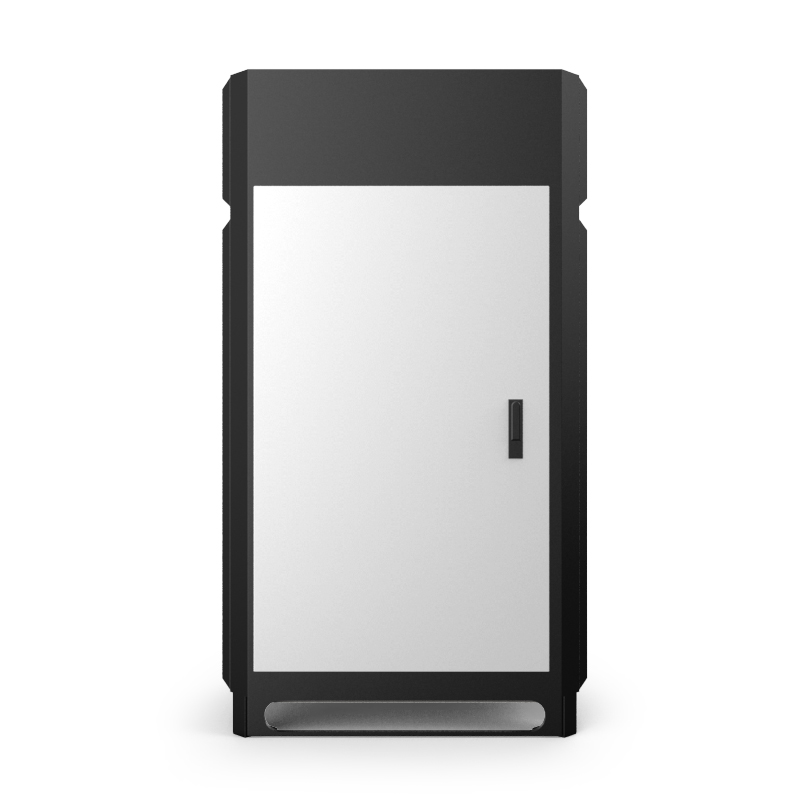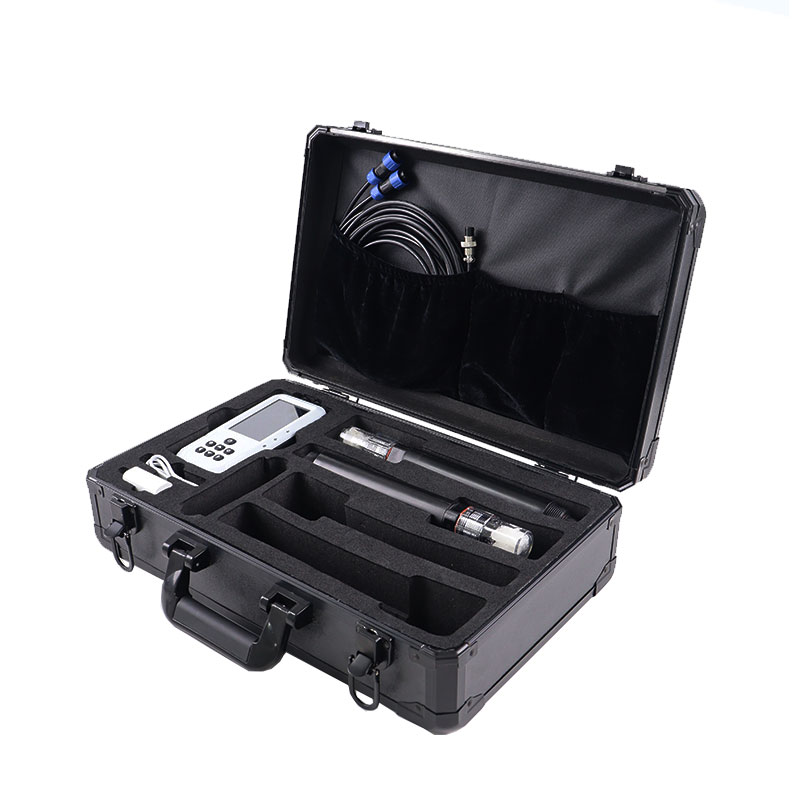Product Center
-
Hydrological equipment monitoring station
-
Water Quality Monitor Sensor
-
Plant protection equipment
-
Food Testing Equipment
- Rainfall Monitoring employs K-band radar for non-contact monitoring of rainfall and water level
- Wheat Fusarium Head Disease Monitoring System: A Wheat Disease Prediction Solution Based on Spore Capture and Built-in Model
- Water quality monitoring system: Integrated Water Quality Analysis Equipment for Monitoring Water Temperature, Conductivity, pH, and Dissolved Oxygen
- Soil Moisture Monitoring Simultaneously Monitors Moisture, Temperature, and Conductivity of Three Soil Profiles
- River flow and streamflow monitoring Integrated Water Level, Flow Velocity, Discharge, and Rainfall Monitoring
- Soil profile moisture meter can measure soil profile moisture, temperature, and electrical conductivity
Shandong Fengtu IOT Technology Co., Ltd
Sales Manager:Ms. Emily Wang
Tel, Whatsapp:+86 15898932201
Email:info@fengtutec.com
Add:No. 155 Optoelectronic Industry Accelerator, Gaoxin District, Weifang, Shandong, China

Chloride Ion Sensor
Model:FT-S14
Brand:fengtu
Related products
Product details
1. Chloride Ion Sensor Application Environment Description
Chloride Ion Sensor measures the potential change of the electrode in contact with the measuring solution to determine the residual chlorine concentration.The S14 Chloride Ion Sensor uses an ion-selective electrode to test free chloride ions in water. It is fast, simple and economical, and can meet the measurement requirements of chloride ions in most industrial environments.
Signal output: RS-485 (MODBUS-RTU)
2. Technical Parameters of Chloride Ion Sensor
| Measuring principle | Ion selection method |
| Output method | RS-485 (MODBUS-RTU) |
| Range | 0-3500.0mg/L |
| Resolution | 0.1mg/L |
| Accuracy | ±5%; ±0.3℃ |
| Shell material | ABS |
| Cable length | 5m |
| Supply voltage | DC12-24V(0.4W@12V) |
| Calibration method | Two-point calibration |
| Measurement environment | 0-50℃(no freezing) |
| Waterproof grade | IP68 |
| Installation | Immersion installation, NPT3/4 thread |
3. Chloride Ion Sensor Maintenance and Care
In order to obtain the most stable results, it is recommended to immerse the ion selective electrode in a standard solution (usually 100ppm) for 10-15 minutes before measurement until the reading is stable.
In order to obtain high-precision results, it is recommended to repeat these steps: remove the electrode from the standard solution, rinse, blot dry, and then immerse in the standard solution (immerse for at least 2 minutes to obtain a stable reading) to ensure that the electrode is properly rinsed and pre-conditioned.
When the electrode is used for the first time or after long-term storage, it needs to be soaked in the standard solution overnight or even 48 hours to get a stable reading. After pretreatment, spray the electrode with deionized water and carefully dry it with absorbent paper instead of wiping it dry.
When the sensor is not in use, place it vertically and do not place it horizontally for a long time.
When the sensor is not used for a long time, the electrodes should be kept dry.
This paper addresses:https://fengtusz.com/Water-Quality-Sensors/Chloride-Ion-Sensor.html
- Previous Article :Residual Chlorine Sensor
- Next Article:Water Hardness Meter
Related article
-
Rice Planthopper Monitor: Ensuring Efficient Pest Control and Monitoring
2024-10-23 -
River flow and streamflow monitoring Integrated Water Level, Flow Velocity, Discharge, and Rainfall Monitoring
2025-12-17 -
Agro-meteorological station configuration
2024-04-02 -
Empowering Education and Campus Activities with a Campus Weather Station
2024-12-16 -
Reservoir Level and Flow Monitoring System Helps Flood Control and Drought Relief
2024-05-29 -
COD, Ammonia Nitrogen and Total Phosphorus Detection: From Lab - bound to Smart On - site Analysis
2025-03-26 -
No Solar Dependence & Easy Deployment: What Makes Water Level Gauge Ideal for Urban Waterlogging Monitoring
2025-09-02 -
What is the Sudden Rising Water Early Warning Monitoring System?
2024-06-13


 Get a Free Quote
Get a Free Quote






